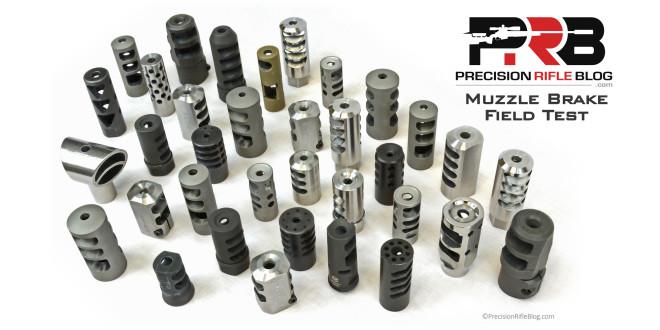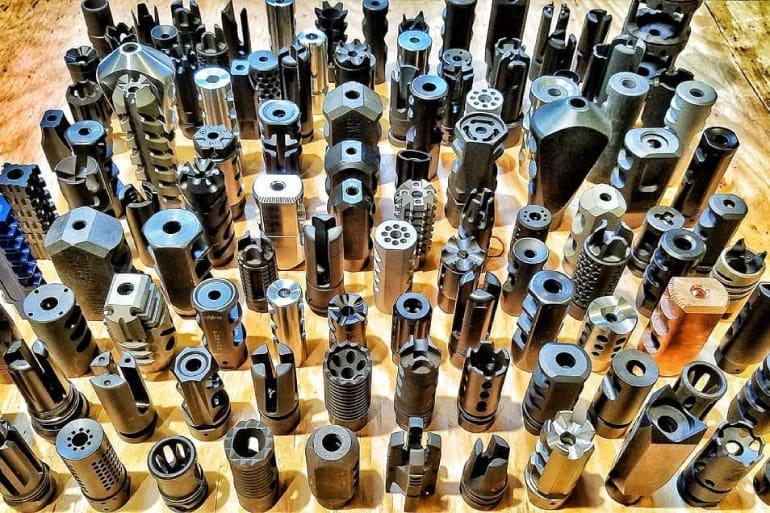WeiserBucks
Well-Known Member
- Joined
- Aug 16, 2016
- Messages
- 2,609
If your custom rifle had excessive headspace you'd be complaining, can't shim that . Quit smoking the crap DIY shim/some assembly required BS and do it right. I would love to see any well known gunsmith chime in and tell us all how many shims it takes to get it right.



